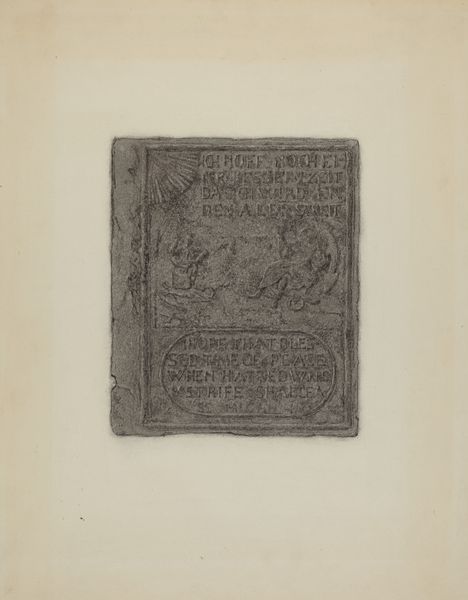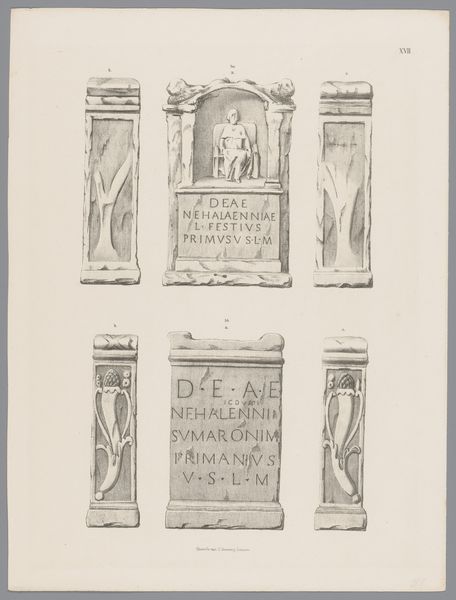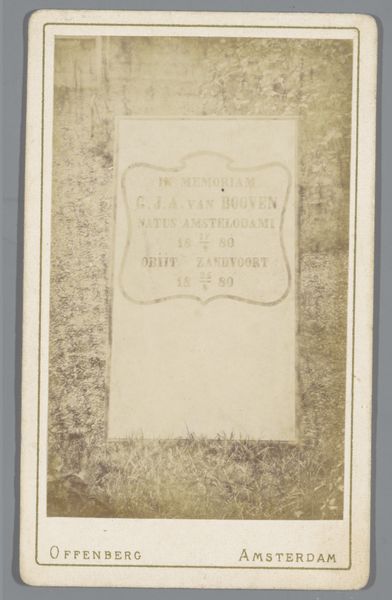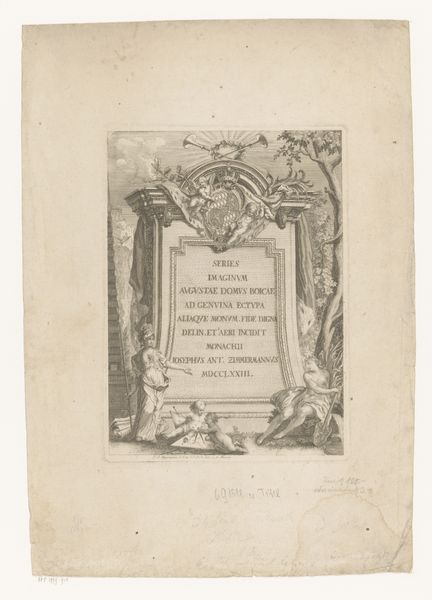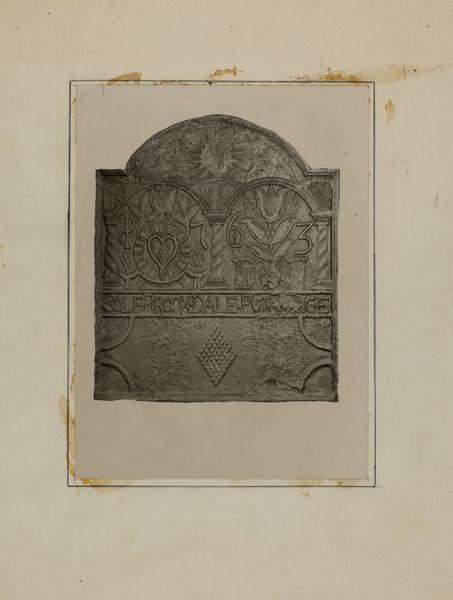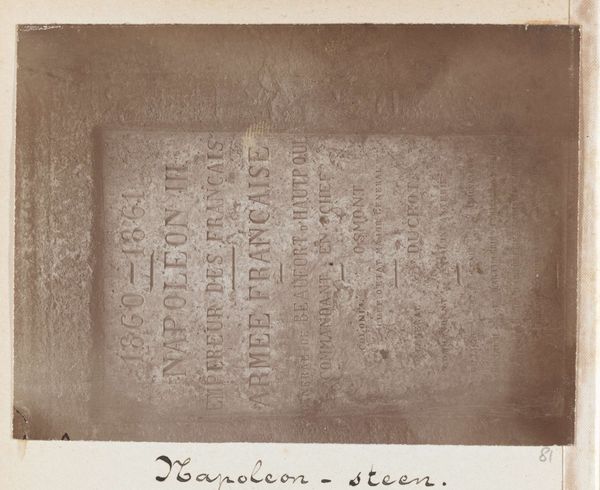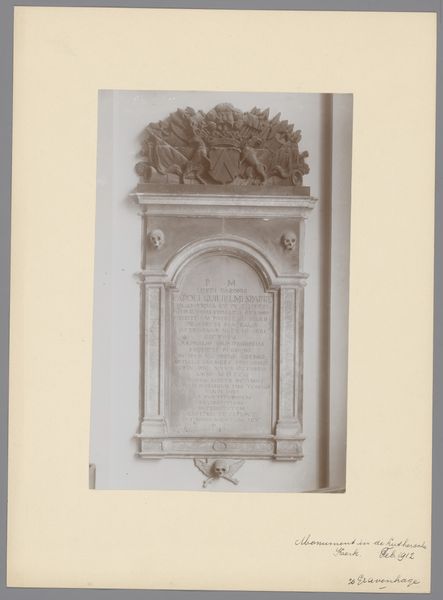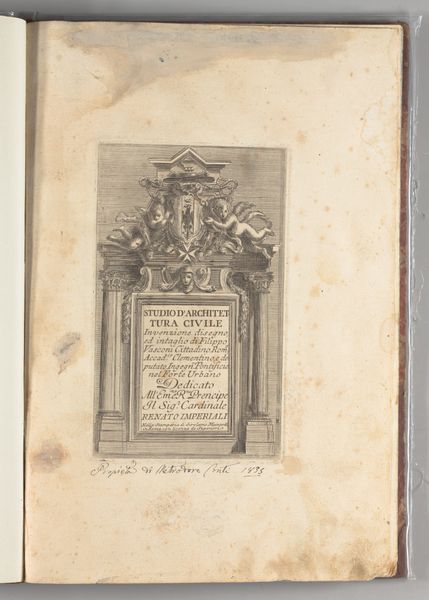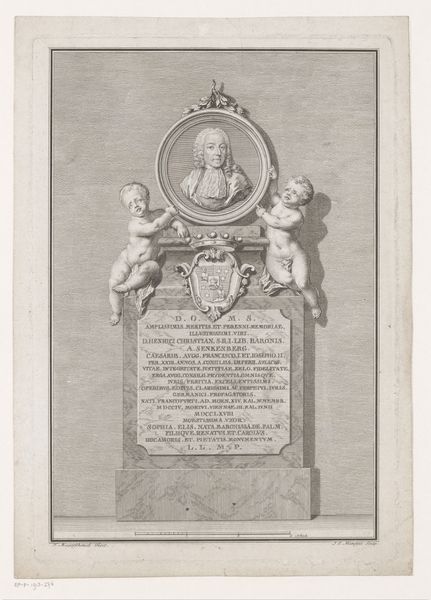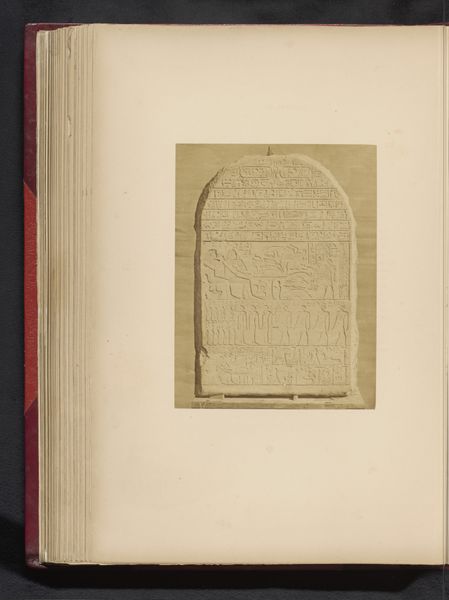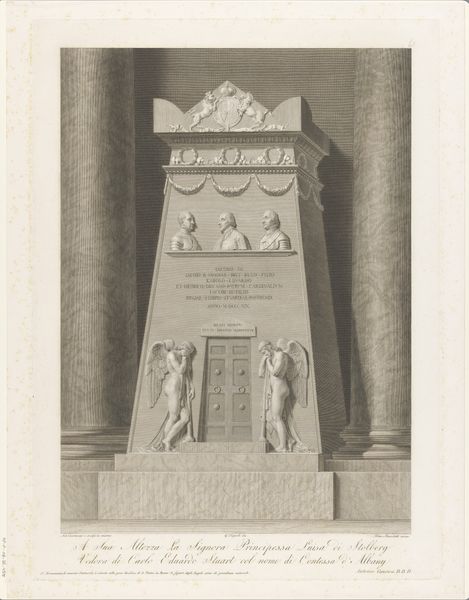
drawing, pencil
#
drawing
#
landscape
#
pencil
#
academic-art
#
realism
Dimensions: overall: 50.8 x 40.5 cm (20 x 15 15/16 in.)
Copyright: National Gallery of Art: CC0 1.0
Editor: Here we have Robert Clark's "Tombstone," created around 1939 using pencil as the medium. It's striking how simply the image is rendered, almost stark. It gives a very unsettling feeling knowing it depicts such a sad monument. I am curious, as a historian, what stands out to you about this work? Curator: Well, immediately the inscription jumps out: "Thomas Page, assassinated by the hand of J. Tibbetts, Jan. 1, 1866, aged 18 years." It speaks volumes about justice, or the lack thereof, in that era. The raw statement feels like a condemnation, and its inscription gives Thomas Page some much deserved publicity, even in death. Editor: Absolutely, it's incredibly direct. Did public grief of this kind tend to be a common subject in art, even drawings, during that period? Curator: It depends on who was creating it, and for whom. Drawings like this were likely documentation. Given its date, it’s likely made under the auspices of the Index of American Design – itself a WPA project documenting American material culture. So we have to see this both as folk art memorialized and shaped by a Federal arts initiative with its own goals. How does that layering of social and institutional forces change your initial impression? Editor: It makes it seem like a document that can have multiple stories at the same time. The monument's somber tone but the initiative had a specific, utilitarian role, even. It shows art exists because of society. Curator: Precisely. Art serves public memory. This one piece serves as a tragic marker of Thomas Page, but its image's production history speaks to something completely different, that makes a social statement itself! I have a new appreciation after digging deeper.
Comments
No comments
Be the first to comment and join the conversation on the ultimate creative platform.

